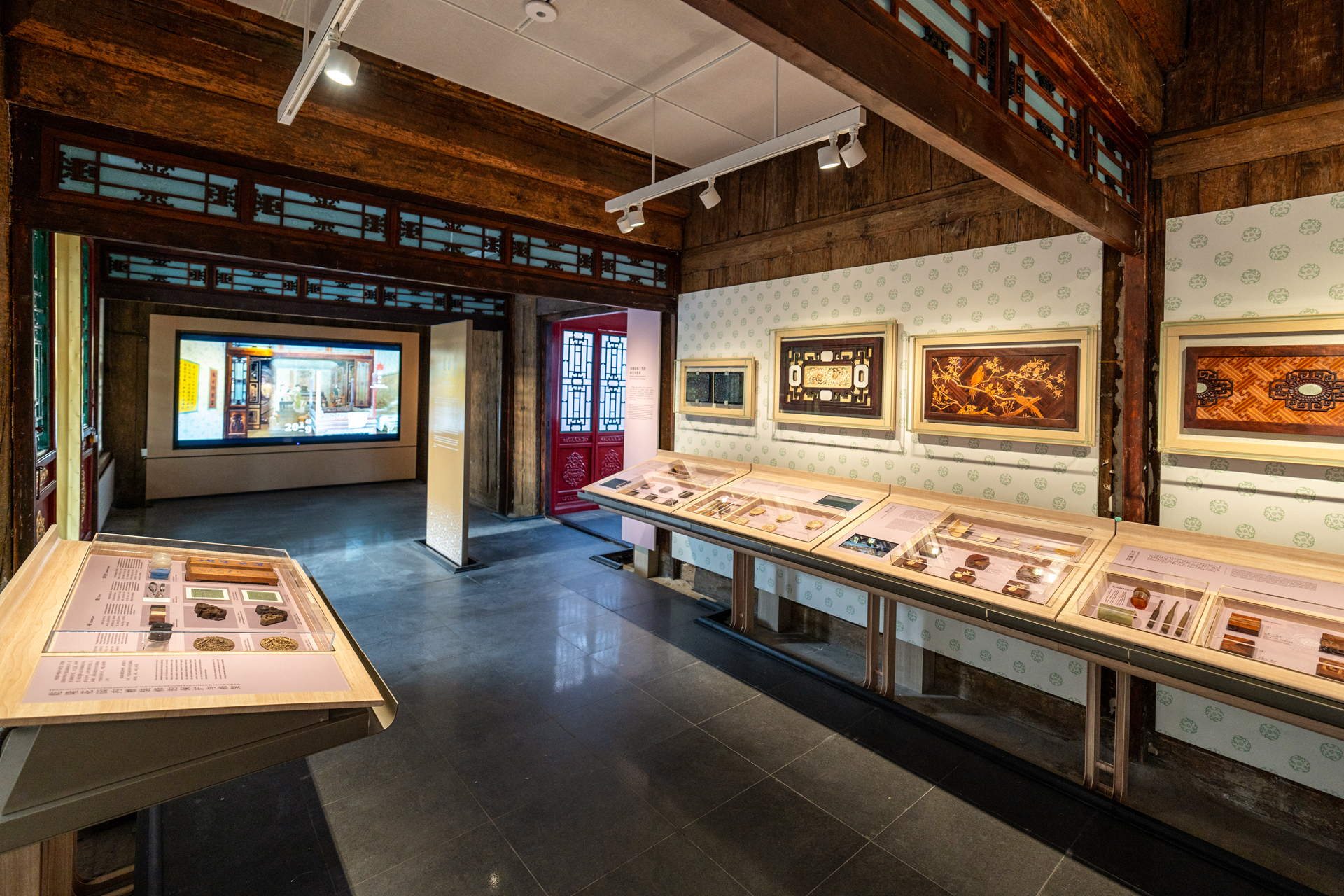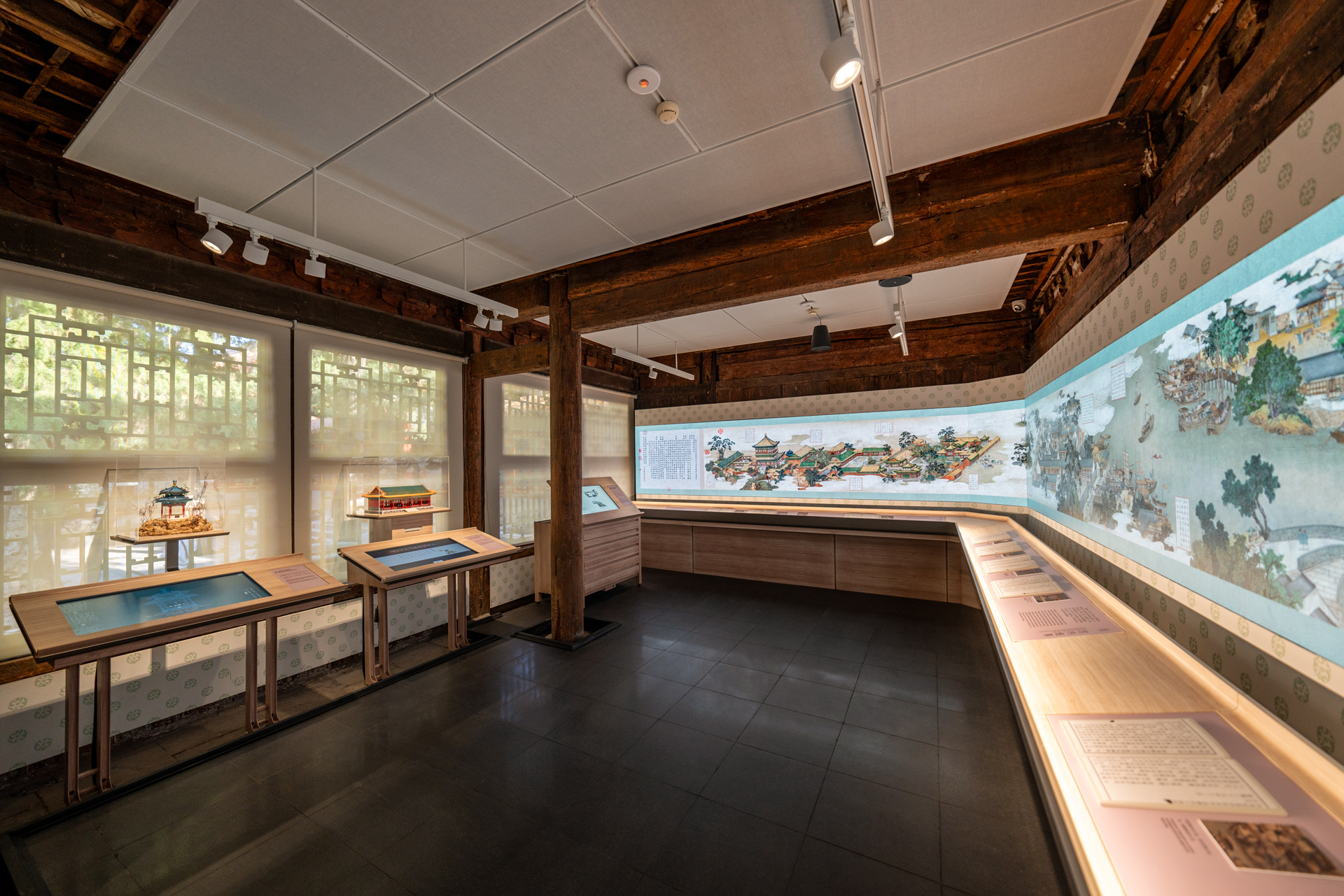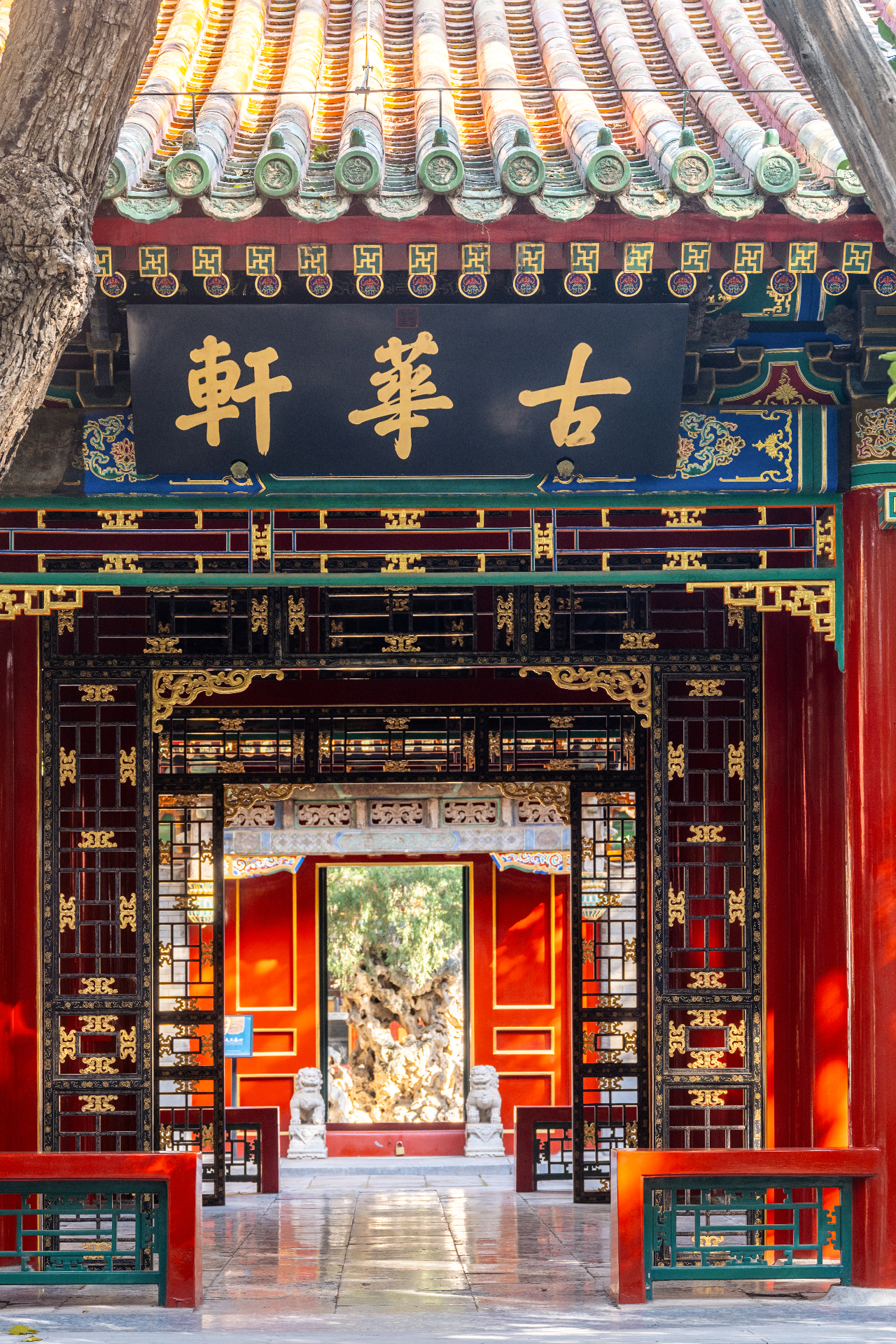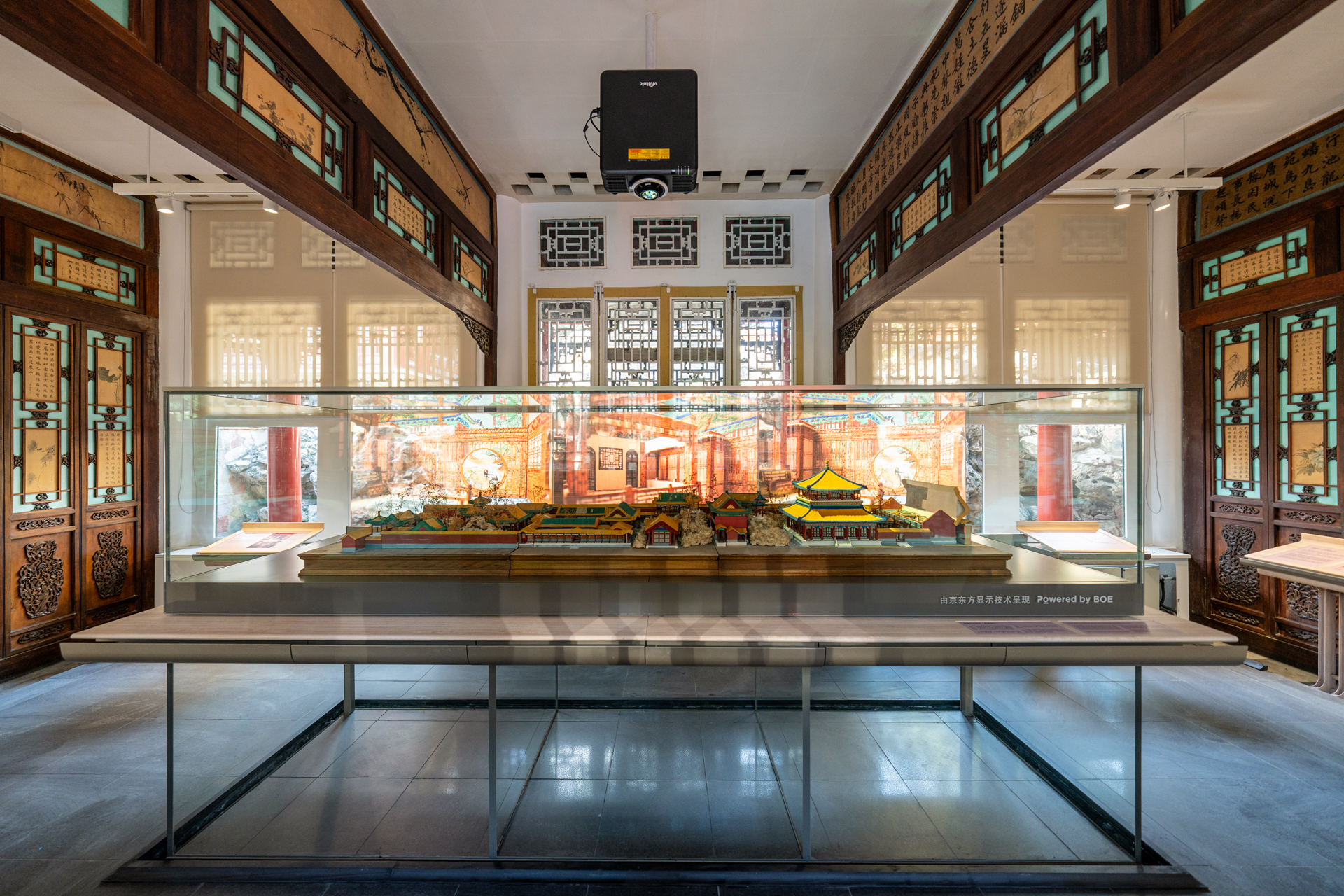On September 29, 2025, the Palace Museum marked the reopening of the historic Qianlong Garden with the launch of the exhibition “Artistry and Ingenuity: The History and Conservation of the Qianlong Garden.” More than 100 cultural heritage experts and scholars from countries including China, France, and the United States attended the opening ceremony.
Distinguished guests attending the opening ceremony included Wang Xudong, a member of the Party Leadership Group of the Ministry of Culture and Tourism and director of the Palace Museum; Gregory May, chargé d’affaires at the U.S. Embassy in China; Du Haijiang, Party secretary and deputy director of the Palace Museum; Feng Nai’en, director and Party secretary of the Prince Kung’s Palace Museum; Zhang Lei, deputy director of the Department of Cultural Relics and Historic Sites of the National Cultural Heritage Administration; Bénédicte de Montlaur, president of World Monuments Fund (WMF); Lorna Goodman, chair of WMF’s Board of Trustees; Jin Hongkui, former deputy director of the Palace Museum; Cheng Xiaoxi, vice dean of the School of Architecture at Tsinghua University; and Yao Xiangjun, executive vice president of BOE Technology Group Co., Ltd.. The ceremony was presided over by Lou Wei, executive deputy director of the Palace Museum.
The Qianlong Garden, also known as the Garden of the Palace of Tranquil Longevity (Ningshou gong), lies in the northwest corner of Ningshou gong — today home to the museum’s Treasure Gallery. Built by Emperor Qianlong as a private retreat for his later years, the compact, exquisitely designed garden features four courtyard complexes and 27 buildings with different styles. It combines northern and southern Chinese garden styles, showcasing literati elegance with imperial grandeur. The site holds an important place in the history of classical Chinese — and indeed, world — garden design.
Since 2000, the Palace Museum and WMF have collaborated on the conservation and restoration of the Qianlong Garden, transforming it into a model of China-U.S. cultural exchange and cooperation in cultural heritage preservation, interpretation, and talent development.
Amid the Palace Museum’s 100th anniversary celebrations, the first and second courtyards of the Qianlong Garden opened to the public on September 30. In addition, an exhibition titled “Artistry and Ingenuity: The History and Conservation of the Qianlong Garden” was on display in the Hall of Fullfilling Original Wishes (Suichu tang) and its east and west side halls. The show offers a comprehensive look at the garden’s cultural significance and the achievements of its conservation and restoration.


Within the newly opened areas, visitors can admire distinctive architectural landmarks such as the Pavilion of the Purification Ceremony (Xishang ting), inspired by the Orchid Pavilion Gathering; the Bower of the Ancient Catalpa (Guhua xuan), named after the ancient catalpa tree; the mountain-top Terrace for Collecting Morning Dew (Chenglu tai); and the richly-symbolic Hall of Fulfilling Original Wishes. Following extensive conservation work, these structures have regained their vitality. Amid rockeries, streams, and centuries-old trees, visitors can experience firsthand the poetic beauty of classical Chinese gardens — creations that, although crafted by human hands, seem born of nature itself — and appreciate the remarkable achievements of 18th-century Chinese architecture, landscape design, and craftsmanship.

The exhibition features two sections: “Tranquil Retreat: The Design and Construction of the Qianlong Garden” and “Splendor Revived: The Preservation and Conservation of the Qianlong Garden.” The first section presents the timeline of the garden from conception to completion using methods such as an animated scroll and construction archives. The second section features original artifacts and film footages that reveal the garden’s exquisite craftsmanship, the techniques and methods used in its restoration, the untold stories behind the process, and the remarkable results achieved.
In addition to the two sections, the Hall of Fulfilling Original Wishes houses a special exhibit: a ironed paper model (tangyang) of the entire garden crafted with original materials and techniques to provide visitors with a tangible understanding of its spatial design and craftsmanship.

The book published in tandem with the exhibition, Tranquil Longevity, Predestined Serenity: The Origins, Interpretation, and Conservation of the Qianlong Garden, offers an insight into the garden’s history and restoration through detailed research and vivid imagery, providing academic support for the public to better understand this precious cultural heritage.
After 25 years of dedicated preservation and study, the Qianlong Garden stands as a cultural bridge linking the past and the present and connecting China and the rest of the world. The Palace Museum hopes visitors can experience the enduring charm of cultural heritage and the living dialogue between civilizations that continues to shape human creativity.



